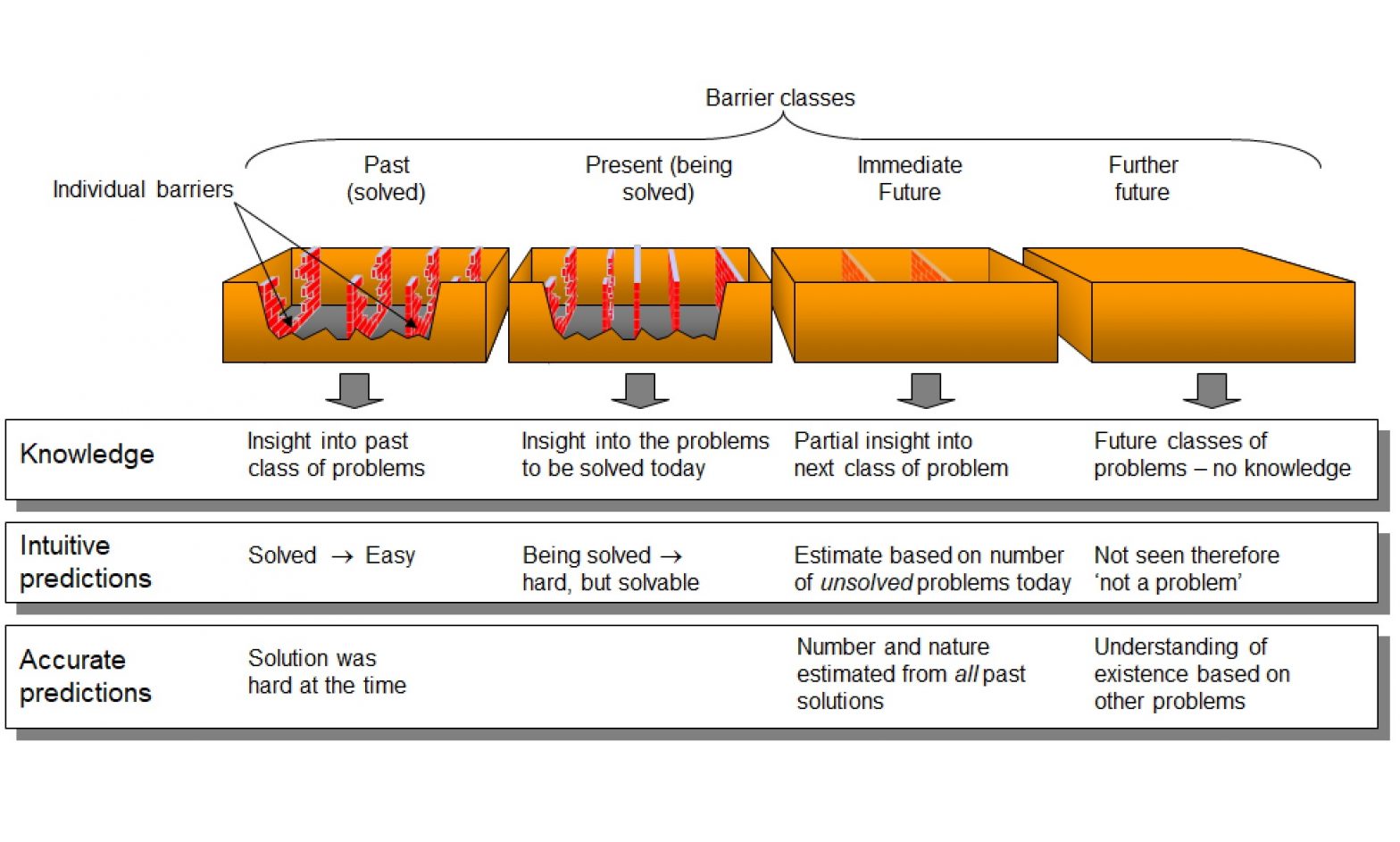How (bio)technology is developed and applied.
New medical technolologies do not start or finish with an ‘invention’ .
New therapeutic ideas take years or decades to develop to the point of invention, and then usually take 20 years from there to get to general application.
Generally, scientists understand that it takes years, decades, sometimes a century of ‘basic’ research to create the knowledge on which a new invention is built. Monoclonal antibodies could not be invented until people knew what antibodies were, what cells made them, what cells were and so on. But the long lag between the ‘invention’ of monoclonals and their routine use in medicine is a bit more unexpected. I have been looking at why this happens, and why the forecasts that a breakthrough will ‘result in new treatments “within 10 years” are almost always wrong. This article is a first bash at articulating the problem. Which, as usual, is not about technology, it is about people.
Developing and applying therapeutic technologies follows a different course from research technologies, and from non-biological, non-medical products. A new generation of mobile phone is designed, built, marketed, sold and becomes obsolescent in about 3 years. DNA sequencing doubles in speed (or halves in cost) every 18 months. But these are not biotechnologies. They are (respectively) physics and chemistry. If we had to get your liver to receive 4G video messaging, the rate of change would be much slower
(Incidently, the comparison is also not valid. A ‘new generation’ of mobile phone means a minor extension of already well-known technology and its social application. It is not comparable to a ‘new generation’ of, say, wheat, or discovery of the first anti-AIDS drug. This is part of the fallacy in the ‘Singularity’ concept. Another aspect of my study of this field is to make clear that in almost all fields technological advance is slowing down, not speeding up.)
This is a work in progress. The predictions made here about siRNA have been bourne out in the subsequent 5 years, so I am not completely off track. I hope to be able to put a more thorough analysis up one day – meanwhile if you have a great example of a biomedical technology’s development to application to humans that does, or does not, fit with the timetables described in the article, I would like to know about it. But not DNA sequencing.
